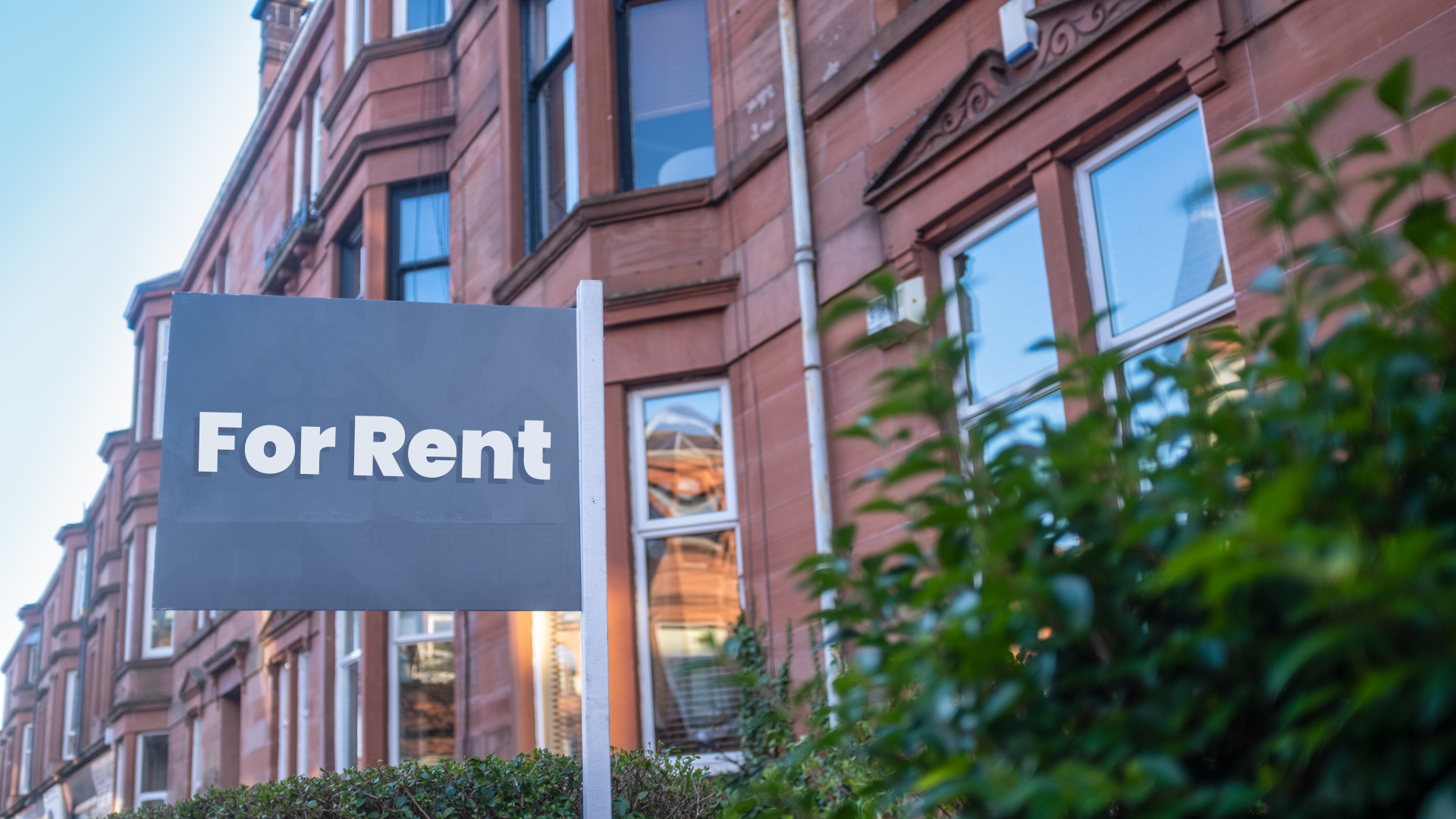- Who Is Eligible for a Buy-to-Let Mortgage?
- What Are the Criteria for Professional Landlords?
- How Much Deposit Do I Need for a Buy-To-Let Mortgage?
- Can I Afford A Buy To Let Mortgage?
- Can I Get a Buy to Let Mortgage for an HMO?
- Can I Purchase a Buy to Let Property Through a Limited Company?
- What If I Live Overseas?
- Key Takeaways
- The Bottom Line
What Are The Criteria For Buy To Let Mortgages?

A buy-to-let mortgage lets you buy property to rent out. It’s different from a regular home loan because it’s for investing in property.
Over time, the rules for getting these mortgages have changed. Lenders used to look at how much money you make and your credit history.
Now, they’re more interested in how much rent the property can bring in. This change makes it easier for more people to invest in property.
Given these shifts, who qualifies for buy-to-let mortgages?
Let’s get into the details.
Who Is Eligible for a Buy-to-Let Mortgage?
Here’s the scoop on what lenders are after for buy-to-let mortgages:
Rental Income
The expected rent from the property is important. Lenders want the rent to cover 125%-145% (known as Interest Cover Ratio) of the mortgage payments each month.
For example, say your monthly mortgage payment is £1,000. To meet the lender’s criteria, your rent should be:
- At 125% coverage: £1,000 x 125% = £1,250 per month
- Or, for a higher coverage of 145%: £1,000 x 145% = £1,450 per month
This rule gives lenders confidence that you can manage the mortgage payments with the rent you earn, plus have a little extra for any property expenses or times when the property might be empty.
Employment
If you work full-time, lenders will want to know about your job. They’ll ask how long you’ve been with your current employer. Sharing your employment history for the last 6-12 months proves you have a regular income.
You might need to provide payslips or a letter from your employer as proof. This information helps lenders feel confident that you can keep up with mortgage payments.
Income and Salary
Lenders have different rules about how much money you need to make.
While some are flexible and might not set a minimum income, others expect you to earn a specific amount. Often, you might find that lenders look for an annual income of at least £25,000 to £30,000.
This requirement helps them feel confident that you can cover the mortgage payments, especially during periods when the property isn’t rented out.
If you’re diving into property letting as a side venture or running a buy-to-let business, you’ll need to be ready to share details about your income.
Lenders use this information to assess your financial stability and ensure that you have the means to support your investment beyond just the rental income.
Age Restrictions
You must be at least 21 years old to apply. Some lenders might let 18-year-olds apply, but others prefer you to be 25 or older.
There’s also a limit on how long you can take to repay the mortgage on some loans. This usually means you’ll need to be done paying by the time you’re 75-85 years old.
>> More about Buy To Let Mortgage Age Limits
Credit History
Your credit history is part of the check, too. Having a few credit issues might not stop you from getting a mortgage.
But, serious credit problems such as County Court Judgements (CCJs), or bankruptcy could be a problem. Lenders look at your credit history to decide if you can manage a loan.
>> More about Buy To Let Mortgage With Bad Credit
Property Type
For buy-to-let mortgages, the type of property you want to invest in matters a lot.
Properties built with non-standard construction materials can sometimes be a no-go for lenders because of the higher risk they carry. This risk could be due to difficulties in resale or the potential for higher maintenance costs.
Lenders often prefer properties that are more traditional, like detached, semi-detached, and terraced houses made from brick or stone.
These are seen as safer investments because they tend to maintain their value and are in demand.
Before approving a mortgage, lenders require a property survey to ensure it meets their standards. If the survey identifies issues, you and the seller may need to agree on repairs or updates.
It’s good to remember that not all lenders are strict about the type of property. Some are open to considering a wider range of properties.
Property Location
Location is key for buy-to-let mortgages. Lenders favour in-demand areas for easier rentals and potential property value growth.
However, location matters less for standard rentals if the property value aligns with the area. Student lets and holiday lets are riskier for lenders and might require a more specific location choice.
Less popular areas might require more lender searching, but some lenders may still offer mortgages.
Always check lender preferences early to avoid delays and streamline the process.
What Are the Criteria for Professional Landlords?
A professional or portfolio landlord is someone with four or more mortgaged properties in their portfolio. Properties owned outright don’t count towards this number for mortgage purposes.
If you’re an experienced landlord, you generally have an easier time getting buy-to-let mortgages compared to those just starting.
The usual criteria apply to you too, but your experience with property investments and management gives you an advantage. While some lenders require you to own your home, others do not.
Be aware, though, that some lenders limit how many buy-to-let mortgages you can have, which could impact landlords with large portfolios more than new landlords.
How Much Deposit Do I Need for a Buy-To-Let Mortgage?
For a buy-to-let mortgage, how much deposit you need varies.
Usually, you’re looking at needing a 25% deposit of the property’s price. Some lenders might accept 20%, especially for experienced landlords, but expect higher interest rates.
If you’re buying for the first time, you might need to put down at least 40%. Lenders see first-time buyers as a bigger risk, so they ask for more upfront.
Can I Afford A Buy To Let Mortgage?
Figuring out if you can afford a buy-to-let mortgage mainly comes down to the rent you’ll earn. Lenders want to see the rent cover at least 125%-145% of the mortgage payments. This way, they know the mortgage is affordable for you.
Your income is also part of the equation, especially if there’s a gap in tenancy. Lenders check if you can cover the mortgage without rent coming in. This is just a safety net for them.
Lenders don’t all use the same rulebook for deciding who can afford a mortgage. Some might have stricter income requirements or different ways of calculating rental income. It’s all about finding one that matches your situation.
Want to see how much you might afford? Use the calculator below. It’ll help you understand your options based on your income and the potential rental income.
[Embedded buy to let mortgage calculator]
Can I Get a Buy to Let Mortgage for an HMO?
Yes, you can get a buy to let mortgage for a House in Multiple Occupation (HMO), but it’s a bit different from standard mortgages. HMOs are seen as riskier, so you might need a specialist lender for this.
Who lives on your property matters too. Lenders are usually okay if you’re renting to people with jobs. But, they might not be so keen if your tenants are students or on universal credit. Different lenders have different rules about this.
Mortgages for HMOs often have higher interest rates compared to single lets. This is due to the perceived higher risk from more complex management needs and the potential for greater wear and tear.
If you’re considering an HMO and need specifics, talking to a mortgage advisor can help. They’ll guide you through finding the right lender for your situation.
Can I Purchase a Buy to Let Property Through a Limited Company?
Yes, buying property through a limited company can save you money on taxes and other expenses. This method is getting more popular, especially among those who own several properties.
More lenders are now offering mortgages to limited companies and people who work for themselves. This change makes it easier for landlords to manage their investments and potentially pay less tax.
What If I Live Overseas?
Living abroad can make getting a buy to let mortgage a bit harder. Lenders see expats and overseas investors as higher risk. But, it’s not impossible.
You’ll need to meet specific criteria, which might include having a UK bank account or a certain income level.
Each lender has different rules for people living outside the UK, so it’s about finding one that fits your situation.
Key Takeaways
- Your rental income needs to cover 125%-145% of the monthly mortgage payments. For example, if your mortgage costs £1,000 a month, your rent should be at least £1,250-£1,450 to satisfy lenders.
- Lenders want to see stable finances. If you’re employed, they’ll ask for proof like payslips or job history. For self-employed folks, details about your income and financial stability are key.
- Most lenders prefer applicants earning £25,000-£30,000 a year, but some are flexible. This gives them confidence you can handle the mortgage even if your property sits empty.
- Age matters! You’ll need to be at least 21 (sometimes 18) to apply, and the loan usually has to be paid off before you hit 75-85.
- Properties that are traditional and in-demand are safer bets for lenders. Quirky or unusual homes might need extra research to find a lender willing to take them on.
The Bottom Line
Finding the right advice is key with buy to let mortgages. That’s why consulting a mortgage advisor is the first step. They are experts who know the ins and outs of how these mortgages work and can guide you through the process.
Here’s what they do:
- Learn about your financial goals and needs.
- Explain the different buy to let mortgage types and help you choose the right one.
- Assess how your property’s type and location might affect getting a mortgage.
- Take you through applying, including all the paperwork you’ll need.
- Compare deals to find the best one for your investment and finances.
- Give you the lowdown on market trends and their impact on mortgages.
The main benefit of having a broker is making a complex process easier for you.
To speak with the right one, get in touch with us. We’ll link you with a good buy to let mortgage broker who can help you find the best deal.
Get Matched With Your Dream Mortgage Advisor...

Frequently asked questions
Can I rent out my house without telling my mortgage lender in the UK?
No, you must inform your lender if you plan to rent out your property. Not doing so could breach the terms of your mortgage agreement.
What are the maximum and minimum amounts I can borrow?
The amount you can borrow varies by lender and the type of rental property you have. Typically, buy to let mortgages cover up to 75% of the property’s purchase price, meaning you’d need at least a 25% deposit.
For HMOs valued at over £5 million, you might need to look into commercial mortgages instead of traditional buy to let options.




